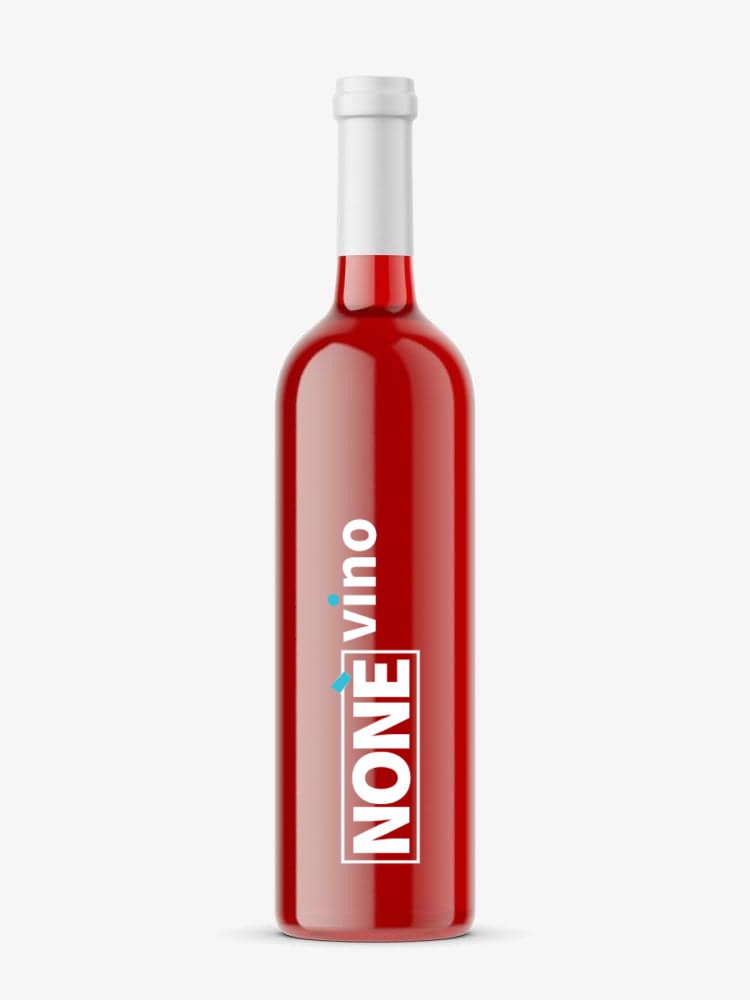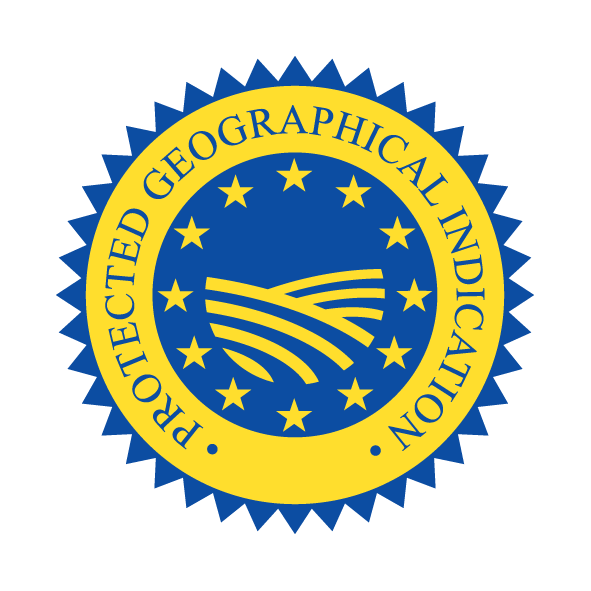The geographical area dedicated to the production of IGT Trevenezie wine extends in the north-east area of the Italian peninsula in the Friuli-Venezia Giulia and Veneto regions and in the autonomous province of Trento. This territory is protected to the north by the chain of the Alps and the Dolomites, while to the south it borders the Adriatic Sea and the River Po.
The Production Area of the Trevenezie IGT Wine is located in:
– Veneto region and includes the territory of the provinces of Belluno, Padua, Rovigo, Treviso, Venice, Verona and Vicenza.
– Friuli Venezia Giulia region and includes the territory of the provinces of Pordenone, Udine, Gorizia and Trieste.
– province of Trento and includes the entire provincial territory.
During the vinification phases, only loyal and constant oenological practices of the area are allowed, suitable to give the wines their particular quality characteristics.
The oenological winemaking practices of IGT Trevenezie wines include, among other things, that:
The maximum yield of grapes into finished wine, ready for consumption, must not exceed 80%, for all types of wine.
The wines of the geographical indication “Trevenezie” owe their name to “Tre Venezie” or Le Venezie, the name by which this interregional territory is still known today and which derives from the common history that binds it first to the Republic of Venice and subsequently to the Austro-Hungarian Empire. The area was already known and famous for the production of wine since the time of the Roman Empire, during which the interregional territory was the seat of the X Regio di Augusto.
With the fall of the Roman Empire, starting from the eighth century AD with the birth of the Serenissima Republic, Venice extended its commercial and political influences to the current territories of Veneto, Friuli Venezia Giulia and Trentino Alto Adige, as well as on the coasts and in the eastern islands of the Adriatic sea to Greece. Famous were the wines that were marketed and exchanged from the Venetian territories in all the ports of the Adriatic and beyond. In many areas it was the Venetian lords themselves who, in their country and hill estates, developed new agronomic techniques, varietal and enological experiments, in order to compete, with friends and rivals, for the quality of the wines.
After the fall of the Republic of Venice, during the period of the Astro-Hungarian Empire, the Habsburg domination marks another important stage for the revival of viticulture in the area; historical sources attest to the interest in varietal improvement, cultivation and multiplication techniques.
There was a frequent exchange of materials and information between the winegrowers of the Tre Venezie areas, in particular with the Hungarian producers. It is precisely in this period that the name “Tre Venezie” or Le Venezie, becomes more famous to indicate the production area which included Venice Tridentina, Venezia Euganea and Venetia Giulia.
Even today the term Tre Venezie is used to indicate this interregional territory and there are numerous witnesses to
the quality and the awards obtained by the wines of the Venezie. A recent publication on the “lands of wine” of the Venezie, highlights the areas that the viticultural history and the success of the wines, indicate as particularly suited and capable of characterizing the production in the macro-region of the Venezie which replies that this is a universally recognized terroir “for the historicity, for the intelligent commitment of growers who have been able to preserve the many indigenous grapes that express the territories and for the wide range of wines so different but characterized by the common denominator of cordiality and naturalness “.
The geographical indication “Trevenezie” has been systematically used by wine producers since 1977, following the EEC regulation 816/70 and the national transposition regulations which established the procedures for the declaration, designation and presentation of the defined wines then “table wines with geographical indication”. In 1995, with the decree of 21 November, the current production disciplinary was approved, subsequently modified and adapted in order to adapt it to the market of wines with typical geographical indication and to Community regulations.






